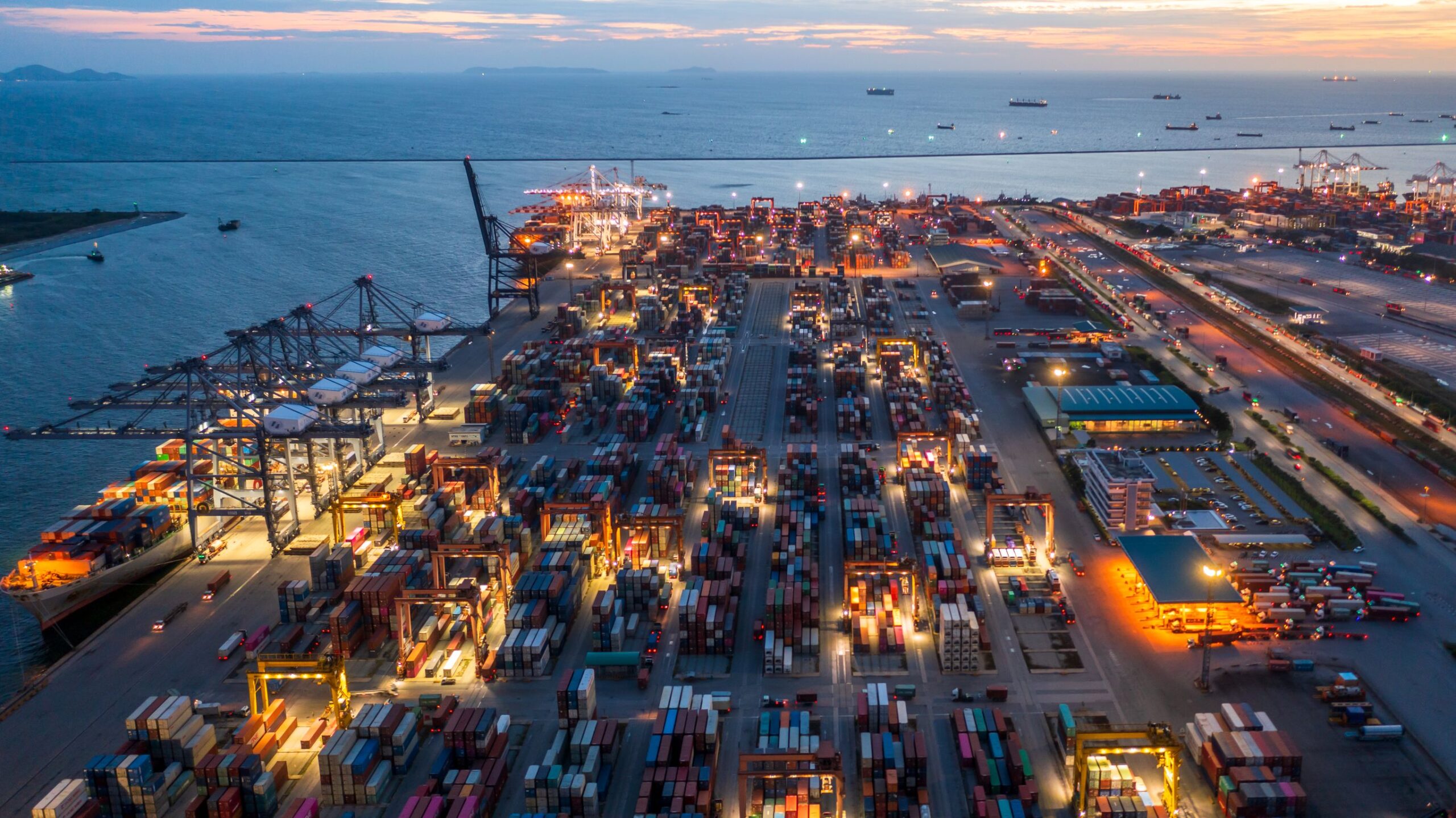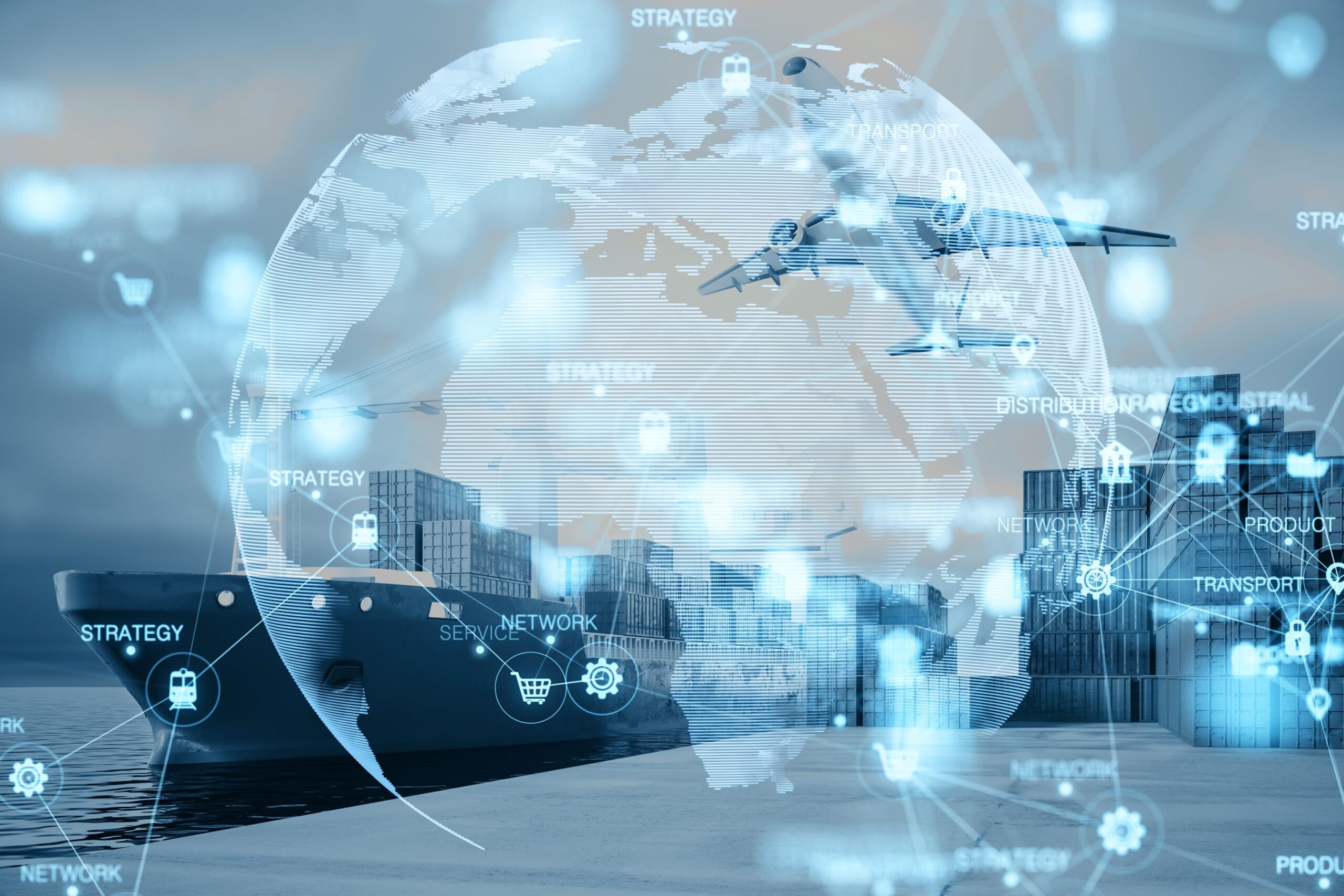Digital transformation has been a driving force across industries, and the logistics sector is no exception. One of the most groundbreaking developments in this space is the rise of digital twins. While the concept of digital twins originated in sectors like manufacturing and healthcare, it is now transforming the freight forwarding and global logistics landscape. But what exactly are digital twins in freight forwarding, and why are they becoming indispensable in the industry?
This blog explores the concept, benefits, challenges, and future potential of digital twins in freight forwarding, all while shedding light on why they could be the next big thing in global logistics.
What Are Digital Twins in Freight Forwarding?
A digital twin is essentially a virtual replica of a physical entity, process, or system. When applied to freight forwarding, digital twins represent virtual models of cargo, containers, shipping routes, warehouses, or entire supply chain operations. These digital counterparts are powered by real-time data collected through IoT devices, sensors, and advanced analytics.
For instance, a freight company could create a digital twin of a shipping process to monitor visibility, track anomalies, and even predict disruptions before they occur. The ultimate goal? Greater efficiency, reduced costs, and seamless global logistics management.
Benefits of Digital Twins in Freight Forwarding
The increasing adoption of digital twins in freight forwarding is not just a technological trend—it’s a game changer. Here are some of the prominent benefits that are driving its adoption.
1. Enhanced Supply Chain Visibility
One of the most significant advantages of digital twins is complete visibility across the supply chain. With real-time data feeding into a digital replica of shipping operations, freight forwarders can monitor the location and condition of goods and containers at any given moment. This detailed visibility enables:
- – Early detection of delays or damage.
- – Real-time tracking of shipments.
- – Proactive responses to unforeseen disruptions.
2. Optimized Logistics Operations
Digital twins have the ability to simulate logistics processes under different scenarios. For example, a freight forwarder can test how congestion at a specific port might delay shipments and adjust routes accordingly. This simulation capability leads to:
- – Improved route planning.
- – Reduced fuel consumption through optimal routes.
- – Efficient coordination among different freight modes.
3. Predictive Maintenance
For freight companies relying on vehicles, ships, or automated warehouses, downtime can be highly disruptive. Digital twins enable predictive maintenance by analyzing data from IoT sensors within machinery. This helps identify potential failures before they occur, cutting down on downtime and repair costs.
4. Sustainability and Cost Reduction
By optimizing operations, digital twins contribute to greener supply chain practices. For instance, freight forwarders can use the technology to calculate carbon footprints for different shipping methods and select eco-friendly options. This not only reduces environmental impact but also trims operational costs along the way.
5. Improved Customer Experience
With digital twins, companies can provide clients with accurate ETAs, real-time shipment tracking, and faster issue resolution. Enhanced transparency builds trust and strengthens customer relationships in an increasingly competitive freight-forwarding market.
Challenges in Implementing Digital Twins in Freight Forwarding
While the potential of digital twins is immense, adoption comes with its own set of challenges. Understanding these hurdles is essential to fully leveraging the technology, especially when it comes to Digital Twins in Freight Forwarding.
1. High Initial Investment
Developing and implementing digital twins requires significant investment in IoT hardware, software integration, and data analytics. Smaller freight companies may find it challenging to allocate such resources upfront.
2. Data Complexity and Integration
Freight forwarding involves dealing with massive amounts of data across shipping routes, customs clearances, and multiple stakeholders. Integrating this data into a cohesive digital twin model can be complex and time-consuming.
3. Cybersecurity Risks
With reliance on IoT and real-time data sharing, the risk of cyberattacks increases. Unauthorized access to digital twin ecosystems could compromise sensitive shipping information and disrupt operations.
4. Skill Gaps
Adopting digital twins requires specialized skills in AI, analytics, and IoT technologies. Many freight companies lack in-house expertise and may need extensive training or partnerships to bridge this skills gap.
The Future of Digital Twins in Freight Forwarding
The future of digital twins in freight forwarding is full of potential. These virtual models are transforming the logistics and supply chain industry by optimizing operations, increasing efficiency, and improving decision-making.
In the years ahead, digital twins are expected to simulate entire logistics networks, predict disruptions, and deliver real-time insights to streamline freight forwarding processes. With advancements in supply chain technology, digital twins are set to become essential for creating smarter, more efficient, and reliable freight forwarding systems. Stay ahead of the competition by leveraging digital twins to enhance your freight and logistics operations.
1. AI-Driven Digital Twins
The integration of artificial intelligence will take digital twins to the next level. AI-powered digital twins can autonomously optimize logistics operations, predict potential disruptions, and suggest real-time course corrections.
2. Blockchain Integration
Blockchain technology can enhance the reliability and security of digital twins. By offering secure and immutable records, blockchain ensures that data powering digital twins remains tamper-proof, fostering greater trust within global logistics ecosystems.
(For more information on blockchain in logistics, check out this resource on Blockchain Council.)
3. End-to-End Automation
From smart warehouses to autonomous vehicles, digital twins will play a pivotal role in fully automated supply chains. They will manage everything from inventory control to delivery, reducing human intervention and errors.
4. Scalable Solutions for SMEs
While currently an expensive endeavor, advancements in technology will eventually make digital twins more scalable and accessible for smaller freight forwarders, democratizing innovation across the logistics sector.
5. Cross-Industry Collaborations
Digital twins will facilitate greater collaboration across industries, enabling logistics companies to seamlessly integrate with manufacturers, retailers, and other stakeholders for shared growth.
Closing the Gap
Digital twins are no longer a concept of the distant future—they are here and redefining how global logistics operate. While challenges like cost and complexity persist, freight forwarders who invest in Digital Twins in Freight Forwarding stand to reap significant long-term benefits. By enhancing visibility, optimizing operations, and improving customer experiences, Digital Twins in Freight Forwarding are emerging as the next big thing in the industry.
For freight companies aiming to stay ahead of the curve, the time to start exploring digital twin technology is now. As the logistics landscape evolves, digital twins could very well prove to be the crucial competitive advantage that separates industry leaders from the rest.




